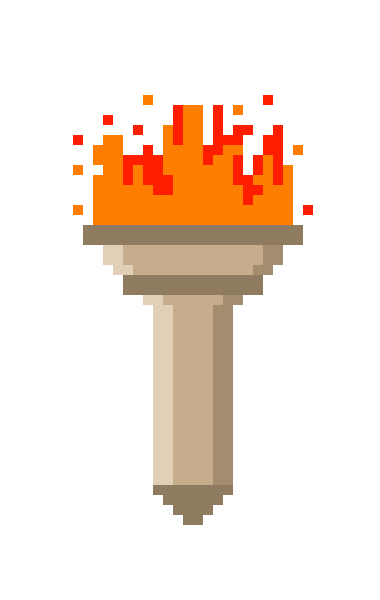Posted on May 19, 2025
Understanding Anxiety: Why It’s Not the Enemy and How to Work With It
“Anxiety is what happens when uncertainty meets fear.”
That one sentence captures a universal experience. But if you’ve ever felt stuck in an anxious loop, you know it doesn’t stop there. Anxiety is complex, personal, and persistent. And while it may not have a quick cure, it absolutely has tools—and hope.
In this post, we’ll explore how anxiety works, how it shows up in your body and mind, and most importantly, how you can start working with it instead of fighting against it.
🌪 Primary vs. Secondary Emotions
Psychology splits emotions into two types:
- Primary emotions (like joy, fear, anger, sadness) happen instinctively, much like a reflex.
- Secondary emotions (like shame, jealousy, and anxiety) are mentally constructed and tend to linger.
Anxiety isn’t “wrong.” It’s one of the many ways your body and brain try to protect you—by staying alert in the face of what feels unknown.
🚫 There’s No Quick Fix—But There Are Powerful Tools
Let’s get this out of the way: no magic switch turns off anxiety. But with consistent practice and awareness, you can learn to understand it, reduce its intensity, and even transform it into a signal for growth.
“Anxiety isn’t good or bad—it’s just part of the human experience.”
As a clinical psychologist and therapist who’s worked with individuals, couples, and families for years, I’ve translated the science of anxiety into simple, real-life tools that you can use.
🧍♀️ How Our Culture Fuels Anxiety
We live in a world that glorifies overwork. Being constantly available, overachieving, and saying “yes” to everything is often worn like a badge of honor.
But being busy is not the same as being okay.
In fact, many of us live in chronic states of anxiety without realizing it, simply because our environments don’t allow rest or boundaries.
The truth? Rest isn’t a reward—it’s a prerequisite for success.
💡 Tools to Tune Into Your Body
Science now confirms that 80% of the information travels from body to brain—not the other way around. This means what you feel physically deeply affects your mental state.
One way to reconnect with yourself is through interoception—listening to your body’s internal signals.
Try This: 5-Minute Body Scan
- Sit down, feet grounded.
- Close your eyes or soften your gaze.
- Take a few deep belly breaths.
- Scan your body from head to toe.
- Don’t judge—just notice.
With consistent practice, this reduces anxiety and increases a sense of inner calm.
🕒 Building Daily Habits That Soothe
Think of your anti-anxiety habits like brushing your teeth. The more consistent you are, the more protected you’ll feel.
Morning
- Light movement or stretching to “wake up” your nervous system.
Midday
- Mindful walk or eating lunch away from screens.
- Pause and check in with your body.
Evening
- Deep-focus entertainment (like watching a full movie without multitasking).
- Gratitude journaling.
🤯 Overthinking ≠ Solving
One of the biggest traps in anxiety? Rumination.
You think you’re solving a problem, but you’re actually looping the same story—adding shame with each repetition.
Overthinking feels like help, but it keeps you stuck.
Instead, shift into reflection:
What happened? Why did it affect you? What can you learn and change?
👤 Childhood Roles and Work Stress
Your stress at work may not just be about the work. Often, it’s rooted in the roles we played in our families growing up—like the perfectionist, the peacemaker, or the overachiever.
Recognizing these patterns helps you stop recreating them in your current life.
💬 Reframing Impostor Syndrome
Ever feel like you don’t belong in the room? Like you’ll be “found out”?
That’s impostor syndrome.
But instead of seeing it as a flaw, view it as a sign of growth. You’re entering new territory. You’re learning. That discomfort is not failure—it’s expansion.
🌱 Authenticity Is the Antidote
To manage anxiety, you don’t need to be more. You just need to reconnect with who you already are.
Slow down. Be still. Listen.
“You don’t need to fight your anxiety—you need to work with it.”
🎁 Final Thoughts: Start Small
Anxiety isn’t a monster to slay. It’s a signal to decode.
With a few daily practices, self-awareness, and self-compassion, you can stop surviving and start thriving.
Even one small change—five minutes a day—can be the start of something bigger.
source:
https://www.youtube.com/watch?v=FlfrTR-UPo0&t=9s
Summarized by AI, Not reviewed and verified by a Human.
